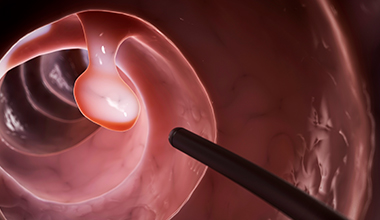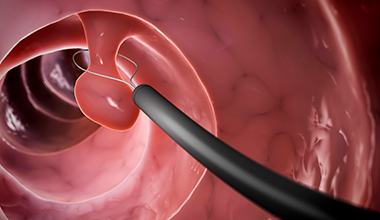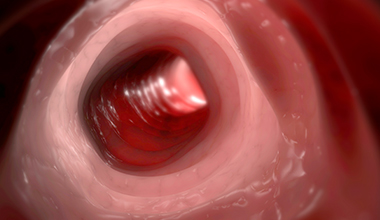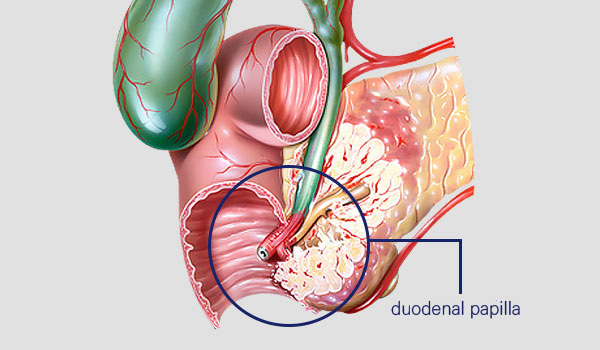- Departments/Doctors
- Medical Services
- Inpatient Services
- Emergency Medical Services
- Issuance Services
-
Gastrointestinal Endoscopy Center
- Specialized Centers
- Emergency Medical Center
- Cancer Center
- Cardio·Vascular Center
- Neuro·Vascular Center
- Cardio·Cerebro·Vascular Intervention Center
- Spine Center
- Joint Center
- Rehabilitation Center
- Laparoscopic Surgery Center
- Gastrointestinal Endoscopy Center
- Hemodialysis Center
- Home Nursing Center
- Comprehensive Health Examination Center
- Referral Center
- International Healthcare Center
01.
Sleep endoscopy
The correct medical name for sleep endoscopy is ‘conscious sedation endoscopy,’ in which a sedative is injected to induce sleep and memory loss without loss of consciousness. So, this allows the patient to get away from the pain and fear of endoscopy and makes the examination more comfortable without discomfort or pain.
Consultation with the attending physician leads to the decision to perform sleep endoscopy. After intravenous injection of sleeping pills, sedative and sleep effects appear within about 1 to 5 minutes, lasting for about 30 minutes to 1 hour, and rarely, up to 4 to 6 hours. After the test, you need a 2-3-hour rest, and after fully recovery of consciousness and general conditions, you may go home. You should refrain from driving or making important decisions on the day of the test. If possible, you’d better take a day off.
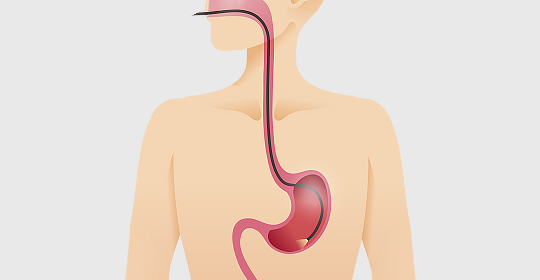
02.
Gastroscopy
In gastroscopy, an electronic endoscope made of a long thin tube is inserted from the esophagus to the stomach and duodenum to directly observe the mucosal structure with the naked eye. Therefore, it is the most accurate and effective test method for early diagnosis of diseases such as gastritis, peptic ulcer, and stomach cancer. If abnormal findings are observed during the examination, a tissue biopsy is performed by collecting a small tissue of about 1-2 mm through the endoscope.
Gastric cancer is the most common cancer in Korea, and early diagnosis is of utmost importance. However, early gastric cancer is mostly asymptomatic, and even if there are symptoms, it is indistinguishable from heartburn and indigestion due to general gastritis or gastric ulcer, so a gastroscopy is absolutely necessary. Therefore, after the age of 40 when the incidence of gastric cancer increases, a gastroscopy should be performed once a year regardless of symptoms. Even in your 20s or 30s, if you have a family history of stomach cancer, smoke a lot, or have gastrointestinal symptoms, you should get a regular checkup every 1-2 years.
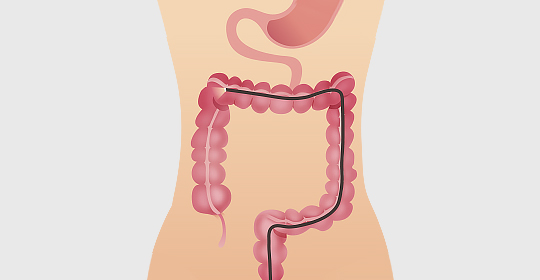
03.
Colonoscopy
In colonoscopy, a long tube with a diameter of about 1 cm with a camera attached at the end is inserted through the anus to the right lower abdomen where the small intestine ends and the large intestine begins. And while the tube is slowly pulled it out, the camera shows the inside of the large intestine, which is used for examination and diagnosis. Colorectal cancer, colorectal polyps, colonic diverticulum, ulcerative colitis, Crohn's disease, intestinal tuberculosis and other colon diseases such as colitis can be accurately examined. If a polyp is found, polypectomy is performed to prevent colorectal cancer that may develop in the future.
Regardless of age, if there is a change in bowel habits such as chronic constipation or diarrhea, bloody stool, abdominal bloating, abdominal pain, or anemia or weight loss for no apparent reason, colonoscopy is performed to check for any disease. To empty your intestines, fasting is needed the night before the test, and a colon cleanser has to be taken in the evening and following morning of the day.




